Kazuyoshi Usui’s Fantasy Japanese Society
Between nostalgia and imagination, the photographer offers a new look at a decisive period in contemporary Japanese society.
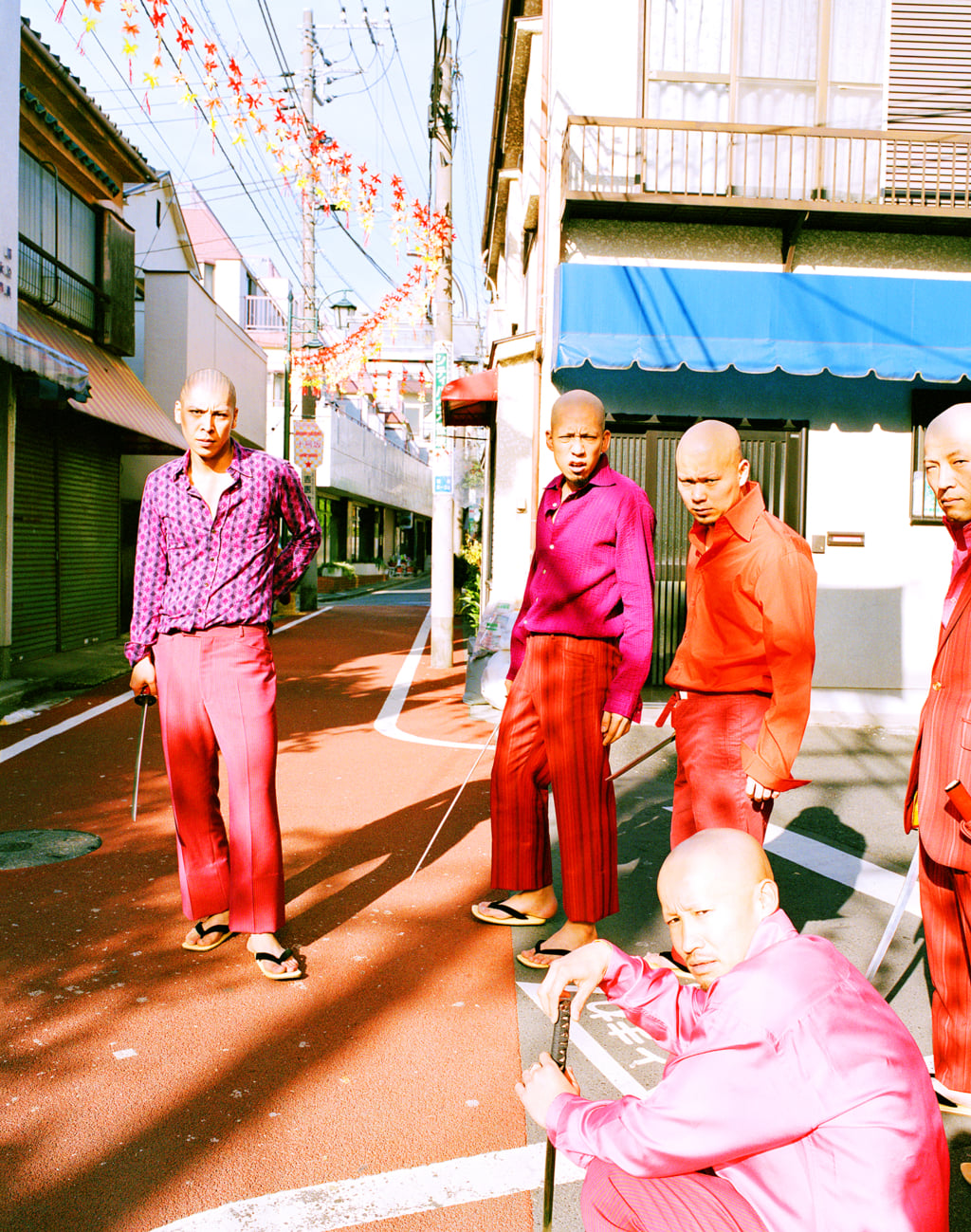
‘Showa 88’ by Kazuyoshi Usui, 2011. Courtesy of Zen Foto Gallery
On 1st May 2019, Japan left the Heisei era and entered Reiwa. From 1926 to 1989, however, the country was living in the Showa era, corresponding to the reign of the emperor Hirohito, known as Showa Tenno. Born in 1975 in Tokyo, the photographer Kazuyoshi Usui has based his work on the following premise: what if the Showa era never ended?
This fictional imagining takes the form of a trilogy – Showa 88 (2011), Showa 92 (2015), and Showa 96 (2019). The images taken by the artist include portraits, day-to-day scenes, landscapes, and interiors illustrating the period famed as the miracle of the Japanese economy.
Creating a fantasy world
According to the artist and curator Miki Nitadori — who presented the series as part of the exhibition Anti-chambre Acte 2 in Paris in 2020 — ‘Kazuyoshi Usui brings together images that give birth to a fantasised vision of Japan like that seen from abroad. While those born in Japan after the war might recognise some of the elements in the shot, this is not the Showa era they know from the films of the 1970s or TV programmes of the 80s.’
Kazuyoshi Usui explains that his desire is to avoid expressing pure nostalgia within his work, and to instead create a fantasy world.
Showa 88 (2011), Showa 92 (2015), and Showa 96 (2019) by Kazuyoshi Usui are published by the Zen Foto Gallery.
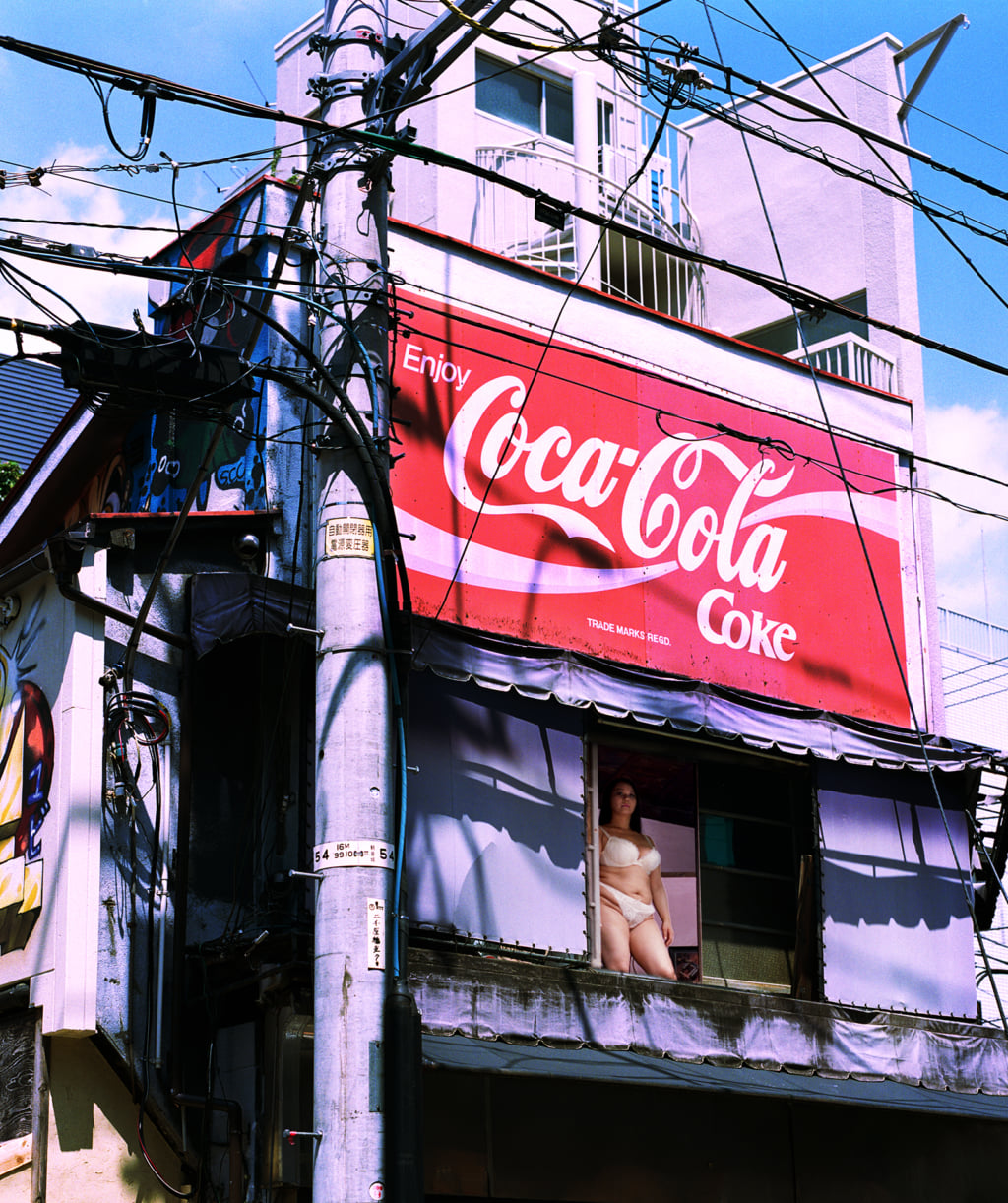
‘Showa 92’ by Kazuyoshi Usui, 2015. Courtesy of Zen Foto Gallery

‘Showa 88’ by Kazuyoshi Usui, 2011. Courtesy of Zen Foto Gallery
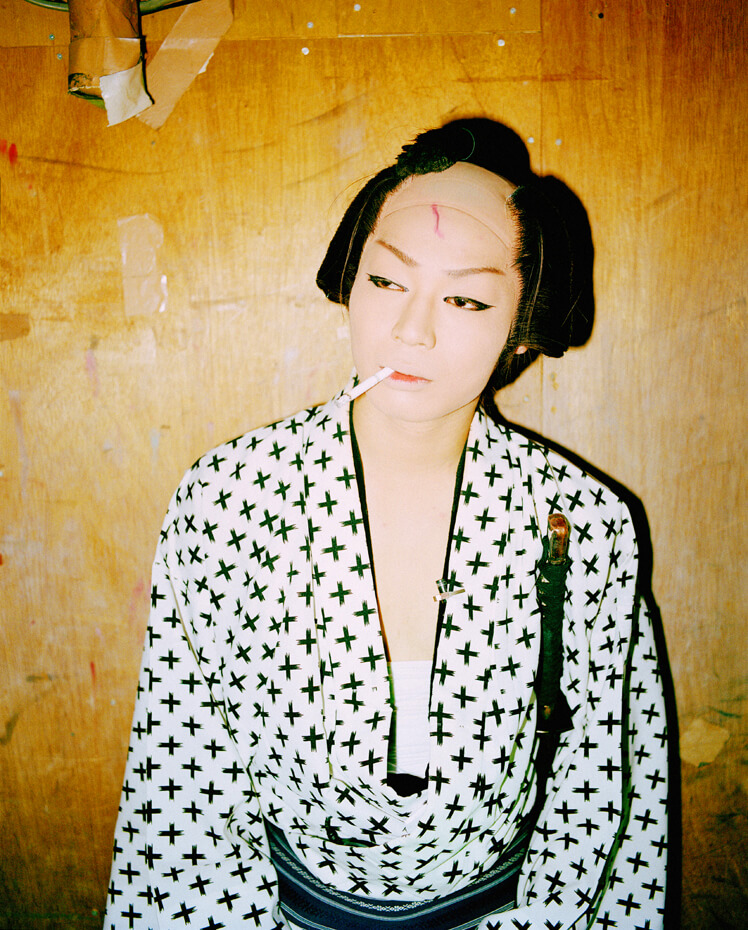
‘Showa 88’ by Kazuyoshi Usui, 2011. Courtesy of Zen Foto Gallery
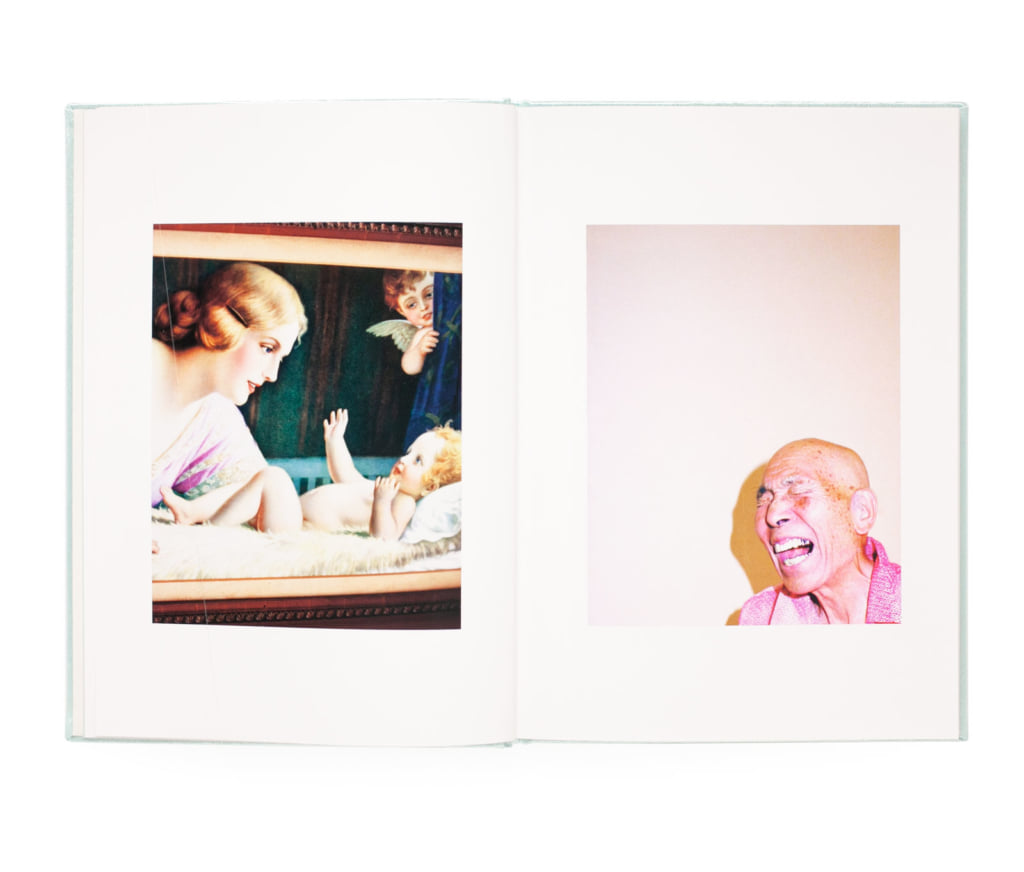
‘Showa 96’ by Kazuyoshi Usui, 2019. Courtesy of Zen Foto Gallery
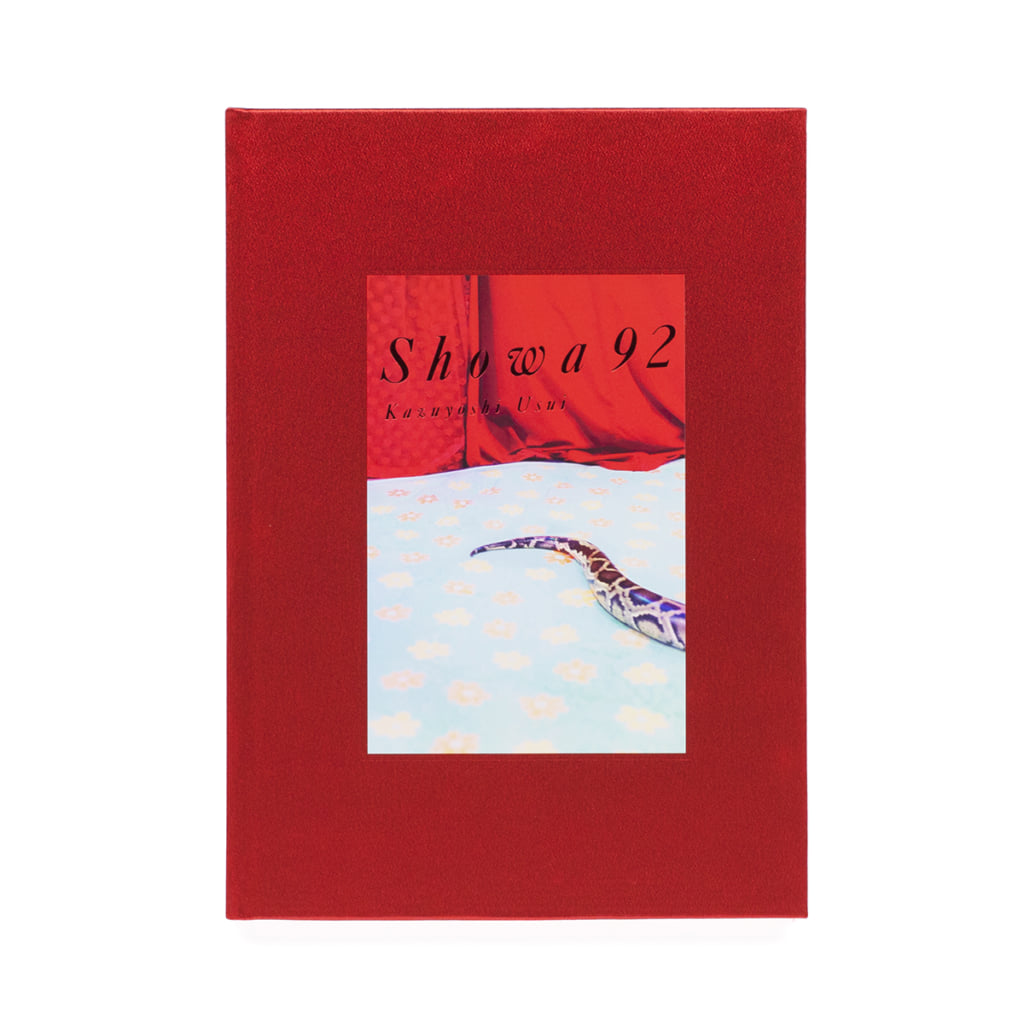
‘Showa 92’ by Kazuyoshi Usui, 2015. Courtesy of Zen Foto Gallery
TRENDING
-
A Rare Japanese Garden Hidden Within Honen-in Temple in Kyoto
Visible only twice a year, ‘Empty River’, designed by landscape architect Marc Peter Keane, evokes the carbon cycle.

-
Colour Photos of Yakuza Tattoos from the Meiji Period
19th-century photographs have captured the usually hidden tattoos that covered the bodies of the members of Japanese organised crime gangs.

-
Recipe for Ichiraku Ramen from ‘Naruto’ by Danielle Baghernejad
Taken from the popular manga with the character of the same name who loves ramen, this dish is named after the hero's favourite restaurant.

-
Modernology, Kon Wajiro's Science of Everyday Observation
Makeup, beard shape, organisation of cupboards and meeting places: all of these details decipher 1920s Tokyoites.

-
Hitachi Park Offers a Colourful, Floral Breath of Air All Year Round
Only two hours from Tokyo, this park with thousands of flowers is worth visiting several times a year to appreciate all its different types.





